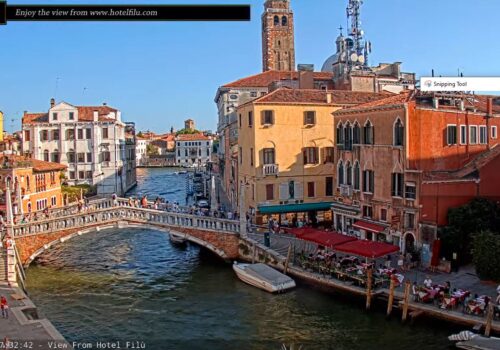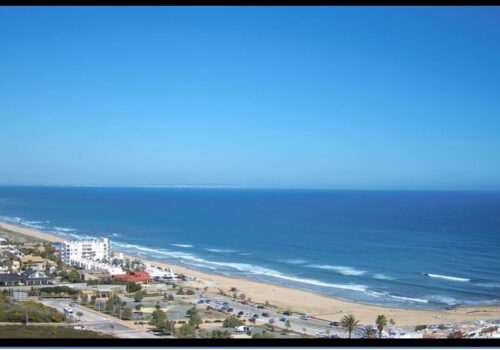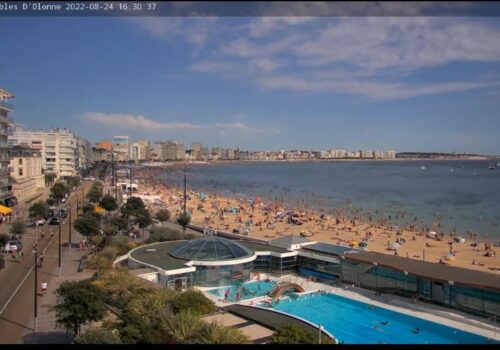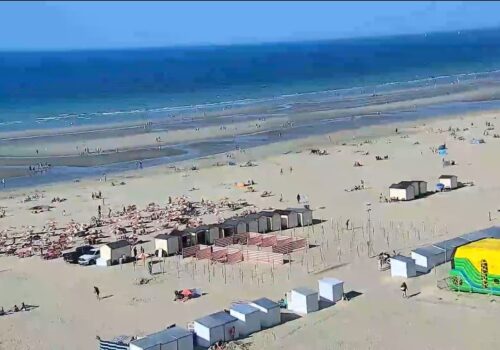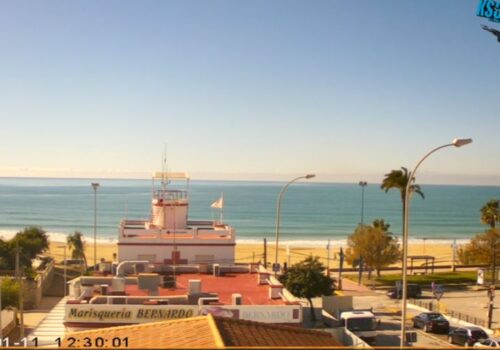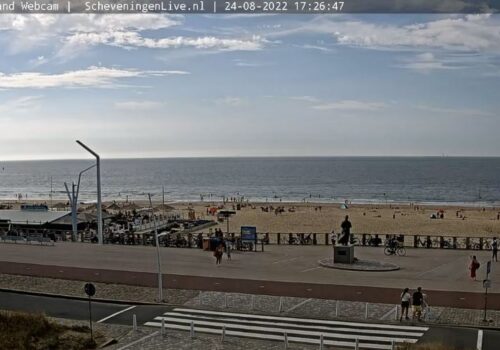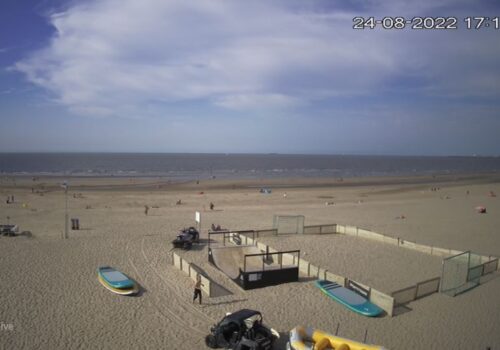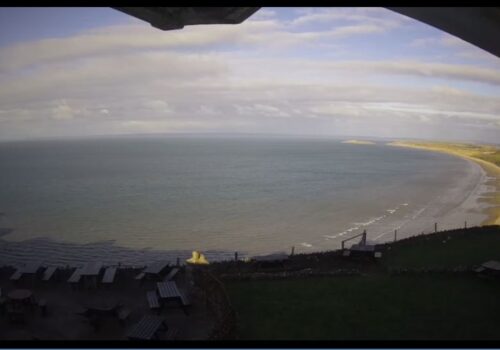Live Cam Sault Ste. Marie City, Michigan USA
Sault Ste. Marie is a city in, and the county seat of, Chippewa County in the U.S. state of Michigan. It is on the northeastern end of Michigan’s Upper Peninsula, on the Canada–US border, and separated from its twin city of Sault Ste. Marie, Ontario, by the St. Marys River. The city is relatively isolated from other communities in Michigan and is 346 miles from Detroit. The population was 14,144 at the 2010 census, making it the second-most populous city in the Upper Peninsula. By contrast, the Canadian Sault Ste. Marie is much larger, with more than 75,000 residents, based on more extensive industry developed in the 20th century and an economy with closer connections to other communities.
Sault Ste. Marie was settled by Native Americans more than 12,000 years ago, and was long a crossroads of fishing and trading of tribes around the Great Lakes. It developed as the first European settlement in the region that became the Midwestern United States, as Father Jacques Marquette, a French Jesuit, learned of the Native American village and traveled there in 1668 to found a Catholic mission. French colonists later established a fur trading post, which attracted trappers and Native Americans on a seasonal basis. By the late 18th century, both Métis men and women became active in the trade and were considered among the elite in the community. A fur-trading settlement quickly grew at the crossroads that straddled the banks of the river. It was the center of a trading route of 3,000 miles (4,800 km) that extended from Montreal to the Sault, and from the Sault to the country north of Lake Superior.









